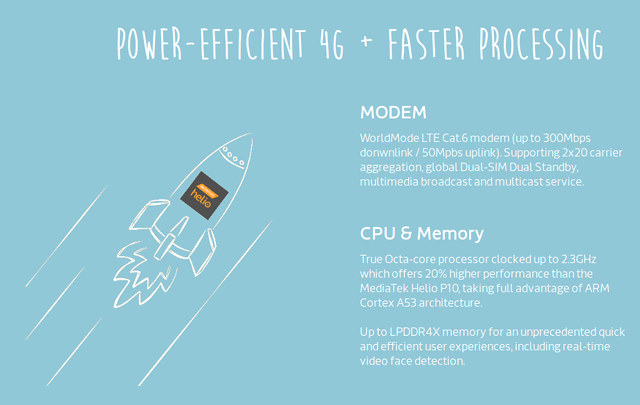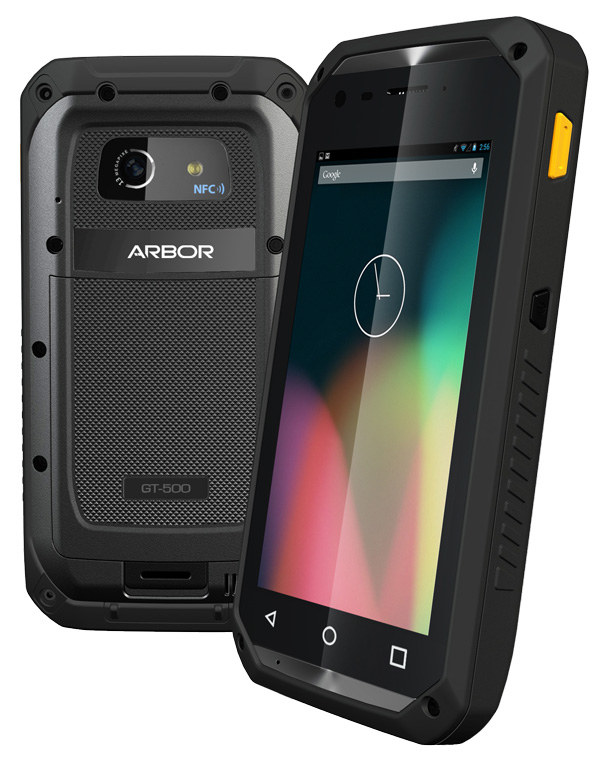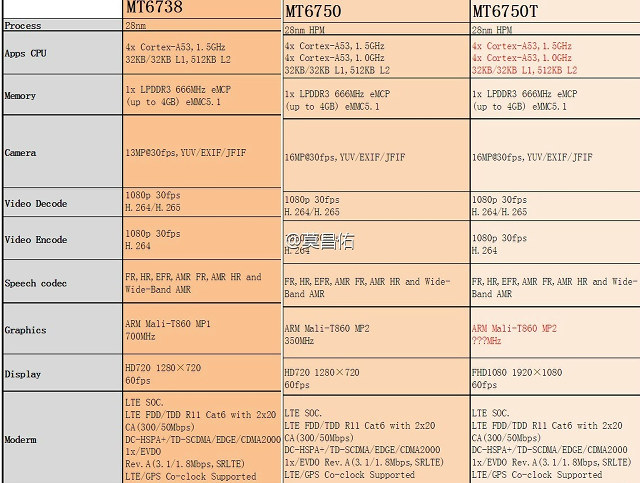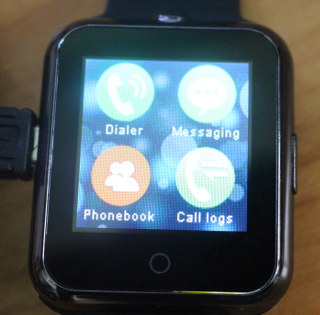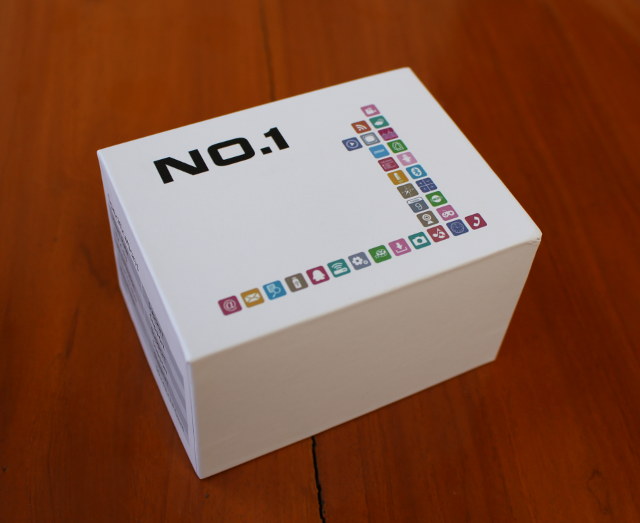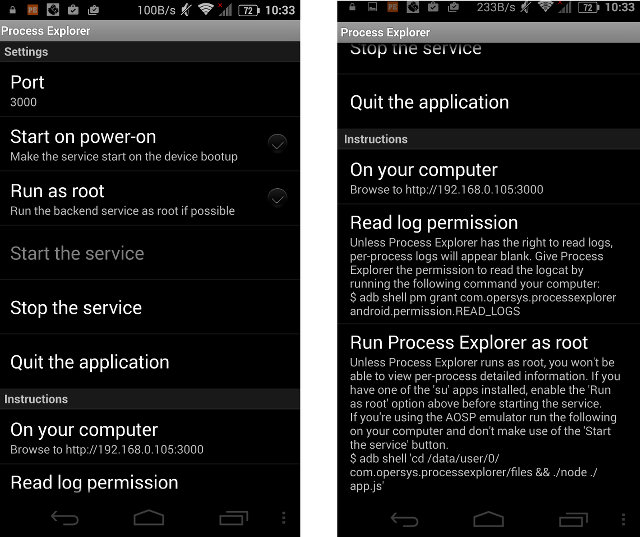Mediatek has gotten used to releasing many different processors, often with one slight differences such as support for different screen resolutions, but the company’s latest Helio P20 octa-core Cortex-A53 processor, despite looking pretty similar to Helio P10 (MT6755) and X10 (MT6795), does confirm lower process nodes are now available in entry-level to mid range parts since it’s manufactured using a 16nm process, and the application processor also supports up to 6GB LPDDR4X memory which drops the voltage from 1.1V to 0.6V for even lower power consumption. LPDDR4X is said to provide 70% more bandwidth and 50% lower power consumption compared to LPDDR3. MediaTek Helio P20 (LP4) specifications: CPU – 8x ARM Cortex-A53 @ up to 2.3GHz GPU – Mali-T880MP2 @ 900MHz Memory – Up to 2 x LPDDR4X 1600MHz (up to 6GB) + 1x LPDDR3 933Mhz (up to 4GB) Storage – eMMC 5.1 flash Display IF – 2x MIPI DSI […]
Freedom251 Smartphone Sells For about $4 in India
Electronics is getting pretty cheap those days with ESP8266 WiFi modules for $2 shipped, Raspberry Pi Zero for $5 (in theory), Orange Pi One for $10, 4K TV boxes for $30 and so on. But a $4 smartphone? No way! But that’s about the price of Freedom251 smartphone that is sold by a company called Ringing Bells for 251 Rupees, or about $3.67, plus 40 Rupees for shipping ($0.58) to India only. Freedom251 specifications: SoC – Quad core processor @ 1.3 GHz System Memory – 1 GB RAM Storage – 8 GB flash + micro SD slot up to 32GB Display – 4″ touchscreen IPS display with 960×540 resolution Connectivity – WiFi, Bluetooth, GSM and 3G Camera – 3.2MP rear camera, 0.3MP front camera Audio – 3.5mm audio jack, FM radio Sensors – Proximity sensor Battery – Removable 1,450 mAh battery The phone runs Android 5.1, and come pre-installed with […]
Gladius GT-500 Rugged Android Smartphone Features a Built-in Barcode Reader, LTE Connectivity
ARBOR technology has introduced Gladius GT-500 “5” Rugged Android Handheld Device” running Android 5.1 on MediaTek MT6735 quad core processor, with LTE connectivity, IP67 rated, and featuring a build-in 1D/2D barcode reader with physical trigger buttons. Gladius GT-500 smartphone specifications: SoC – Mediatek MT6735 quad core Cortex A53 processor @ 1.3 GHz with ARM Mali-T720 GPU System Memory – 2GB LPDDR2 Storage – 16GB eMMC flash + 1x micro SD slot up to 32GB Display – 5″ TFTP LCD; 1280×720 resolution; 5-point glove-friendly projector capacitive touch screen; 400 cd/m2 brightness Cellular Connectivity 2G GSM/GPRS/EDGE (Band 850 / 900 / 1800 / 1900) 3G WCDMA (Band 1,2,5,8) 3G CDMA2000 (BC0/BC1) 4G FDD+TDD (Band 1,3,5,7,8,20,38,39,40,41) 4G DRX (Band 1,3,5,7,8,20,38,39,40,41) SIM Sockets – 1 x micro-SIM (3FF) socket supporting 2G/3G/LTE; 1 x micro-SIM (3FF) socket supporting 2G only Other Connectivity – Wi-Fi 802.11a/b/g/n, Bluetooth 4.1 (BLE, HS compliant), NFC, and GPS/GNSS/Beidou Camera – […]
Mediatek Introduces MT6738, MT6750 & MT6750T SoCs for Entry Level LTE Smartphones
Mediatek will soon launch three new mobile SoCs based on ARM Cortex A53 cores and Mali-T860 GPU, as well as support for LTE Cat.6 modem, with MT6738, MT6750 & MT6750T processors targeting entry-level Android smartphones. All three processors are manufactured with 28nm process, support up to 4GB LPDDR3 RAM, decode H.264/H.265 up to 1080p30, encode H.264 up to 1080p, and support LTE FDD/TDD, DC-HDPA+, TS-SCDMA, EDGE, and CDMA2000. The main differences are in the number of cores for the CPU and GPU, and maximum display & camera resolution: MT6738 features four Cortex A53 cores @ 1.5 GHz with a Mali-T860MP1 GPU, and supports 1280×720 displays, and up to 13MP cameras. MT6750 octa-core processor includes two clusters of four Cortex A53 cores @ 1.5 and 1.0 GHz combined with a Mali-T860MP2, and supports 1280×720 displays, and up to 16MP cameras MT6750T has the same specs as MT6750, except it supports Full […]
No.1 D3 Smartwatch (Mediatek MT6261) Review
Since I’ve listed the specs and torn down No.1 D3 smartwatch, I’ve spent several days wearing the smartwatch / watchphone, and trying most of its features, so it’s time for a review. I’ll go through all screens of the user interface, include a video review, before providing a conclusion to this review Charging the watch take between 15 to 30 minutes, and you can turn it on by pressing the only button on the side of the watch for a few seconds. The first menu you are likely to see if the one with the phone functions including the Dialer, messaging, phonebook and call logs. You can use these in two ways: with a micro SIM card inserted into the watch, or/and via your smartphone connected over Bluetooth. I mostly used the watch connected to my smartphone, but both methods worked for me. When you receive a call, it’s not […]
NO.1 D3 Smartwatch Specs, Unboxing and Teardown
There are now many wearables, including fitness bands and smartwatches, on the market, but to me many fail on battery life, visibility, and price. The one that would match my requirements the best would be SMA-Q smartwatch, but in the meantime, I’m also interested in testing some more wearables at different price points. Tinydeal sent me NO.1 D3 smartwatch that sells for just $22.99 shipped. I’ll go first through the specifications, before checking of the watch more closely, and in a few days writing a review of the device. NO.1 D3 Smartwatch Specifications You should not expect much for this price, but the watch is surprisingly feature-packed (as taken from tinydeal website): SoC – Mediatek MT6261 processor with 32Mbit RAM, 32Mbit Flash Storage – Internal micro SD slot up to 16GB Display – 1.22″ capacitive touchscreen IPS display with 128×128 resolution Connectivity – Bluetooth 3.0 Cellular – 1x micro SIM […]
Operys Process Explorer App Shows Android Processes in Your Computer’s Web Browser
Opersys is an Android and Embedded Linux company providing both development and training services, and they regularly attend conferences and release their training materials. The company has also developed a few Android apps to export the file system, the process list and info, and interaction between apps and Android system services exposed via Binder to your computer’s web browser. I found the most interesting app to be Process Explorer, so I gave it a try on Iocean M6752 smartphone. The application requires very little permissions to install, and it’s very simple to use. Simply tap on Start the service, and the app will provide the URL to browse the processes on your computer, in my case http://192.168.0.105:3000. The output is pretty useful, as you get much more information than you could get on your smartphone or tablet screen with CPU and memory usage, running time, logcat, etc… If you click […]
Linux 4.3 Release – Main Changes, ARM and MIPS Architectures
Linus Torvalds released Linux Kernel 4.3 last week-end: So it *felt* like the last week of the rc series was busy, to the point where I got a bit worried about the release. But doing the actual numbers shows that that really was just my subjective feeling, probably due to the kernel summit and travel back home from Korea. It wasn’t actually a particularly busy week, it’s just that the pull requests were more noticeable in the last couple of days. We had a network update and a late fix for a x86 vm86 mode bug introduced by the vm86 cleanups, but other than that it’s just a collection of various small one-liners all over. Ok, the vm86 mode thing was a one-liner too, it was just slightly more nerve-wracking because it looked scarier than it was before people (Andy) figured out what was going on. The changes from rc7 […]


